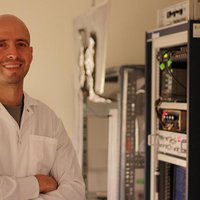Biotechnology & medicine
Polina Anikeeva
A creative scientist sees new ways to record and stimulate brain activity.

Latin America
Juan Carlos Guaqueta
Water purification system to treat worm infested sewage for use in irrigation and fertilization

Asia Pacific
Ruey Feng Peh
Advent Access: Preserving Vascular Health, Reducing Dialysis Cost

Latin America
Santiago Reyes
Cellular reprogramming and genetic engineering techniques that allow scientists to create new tools capable of predicting the risk of heart failure

Global
Jun Ge
Why we might use tiny flowers, trees, and spindles to create the pharmaceuticals of the future.
